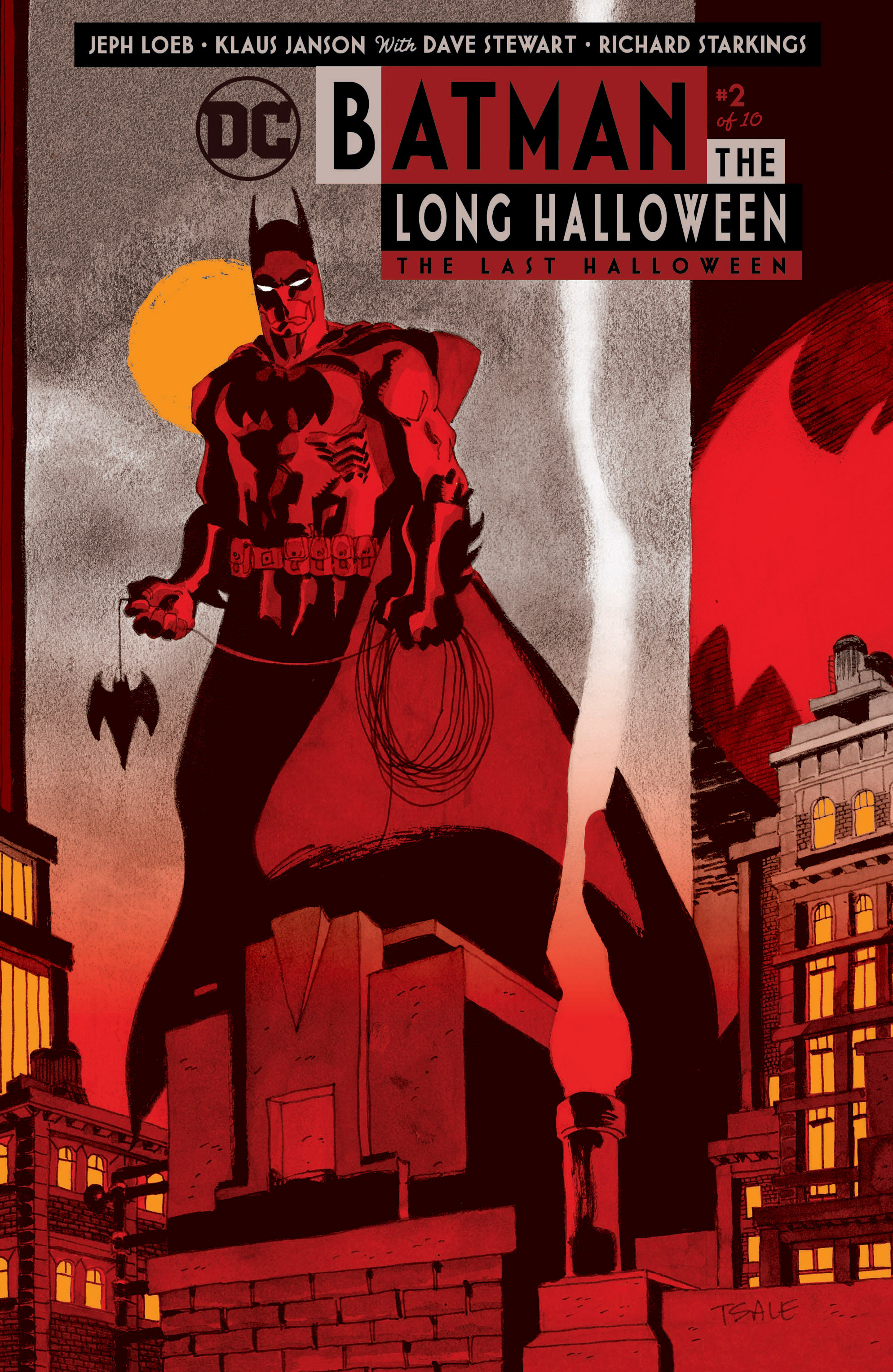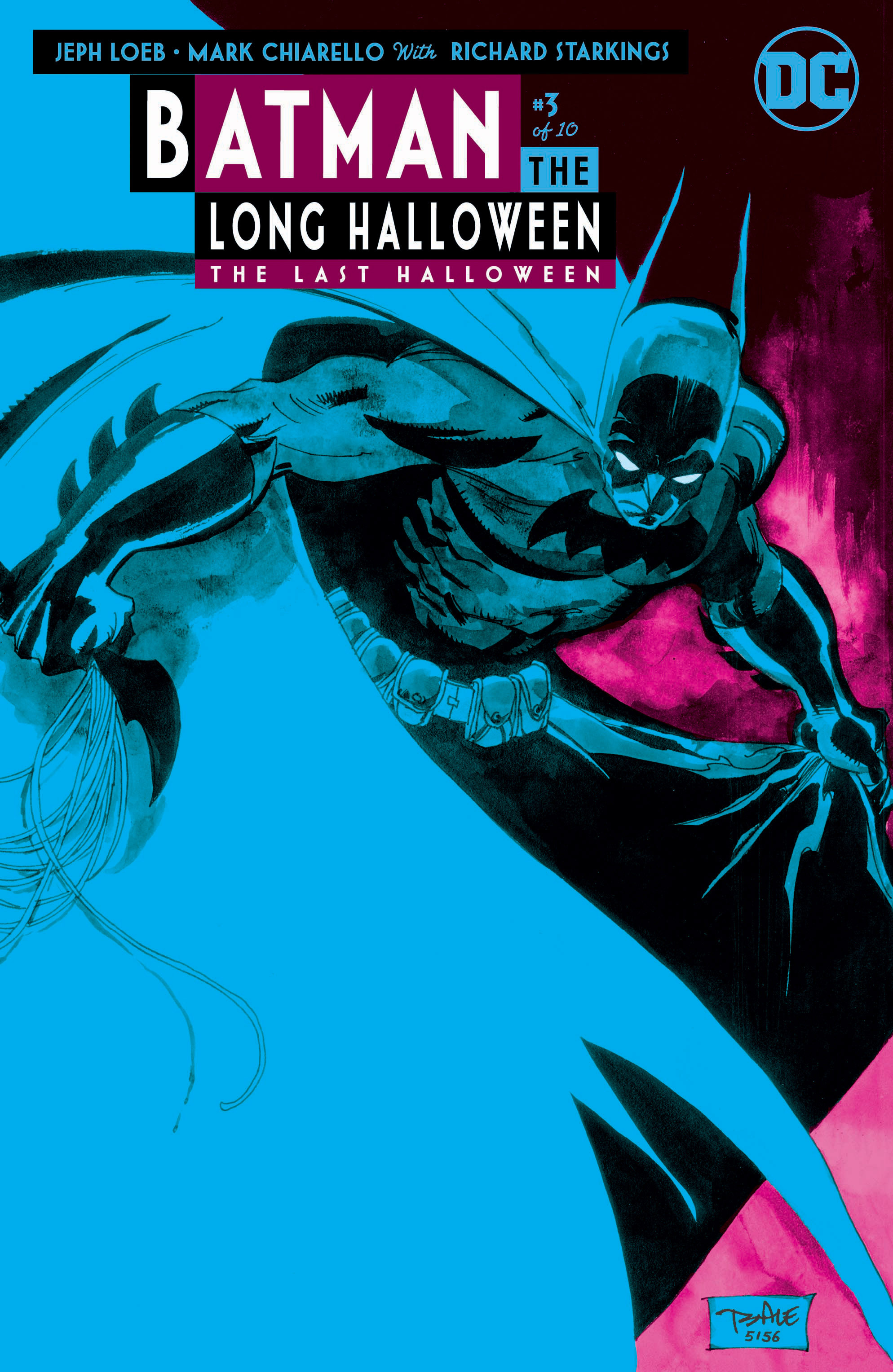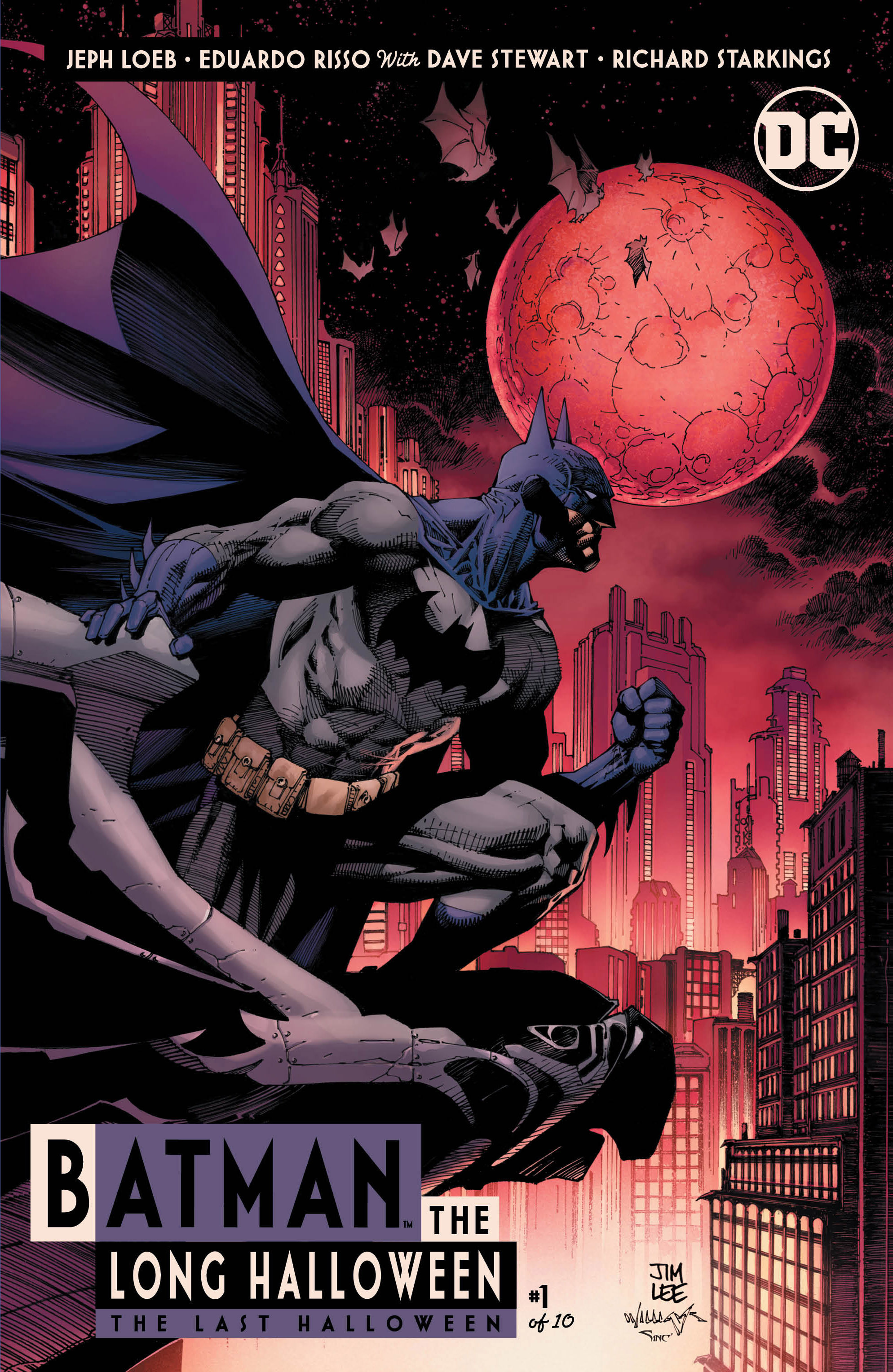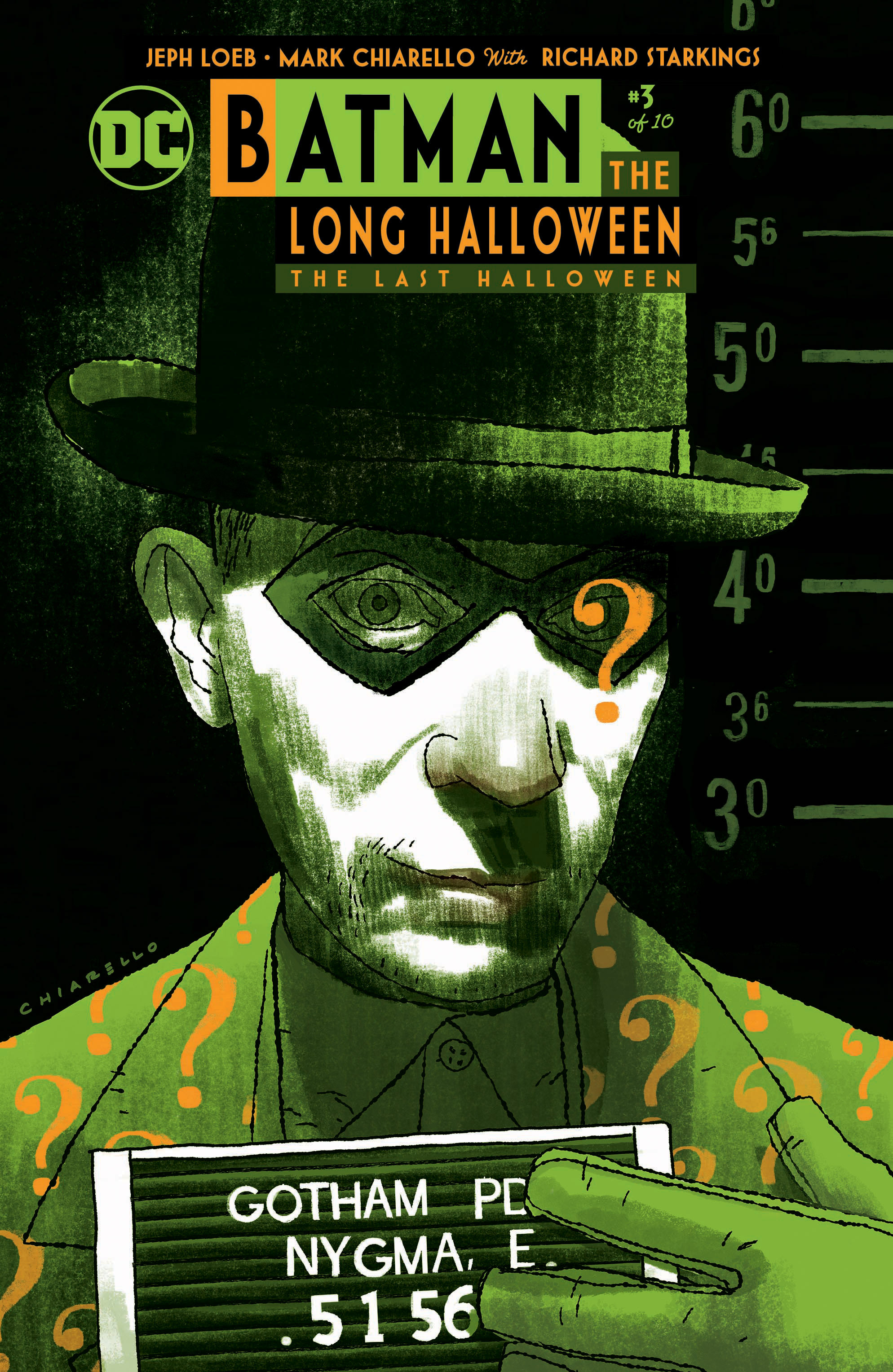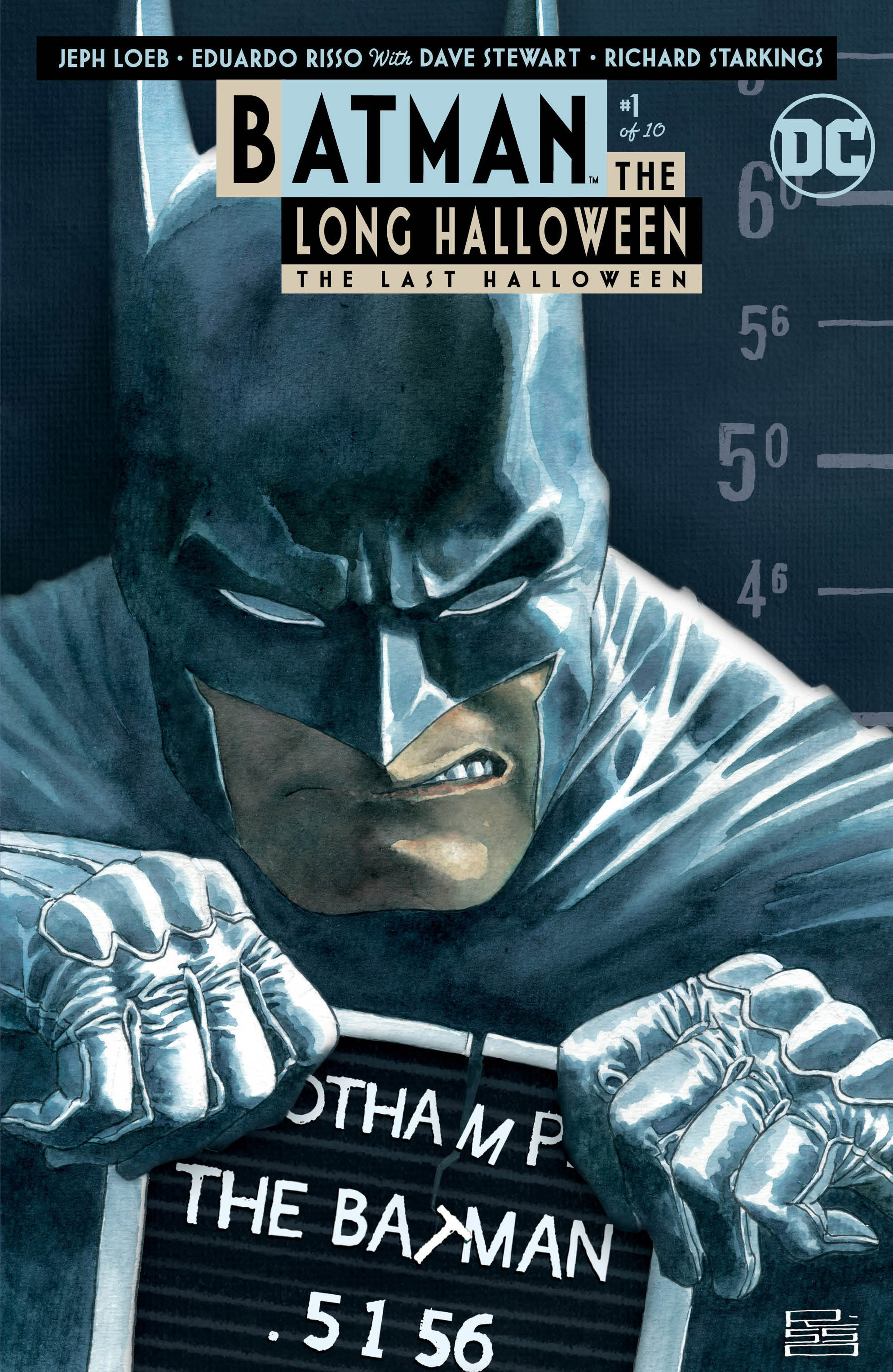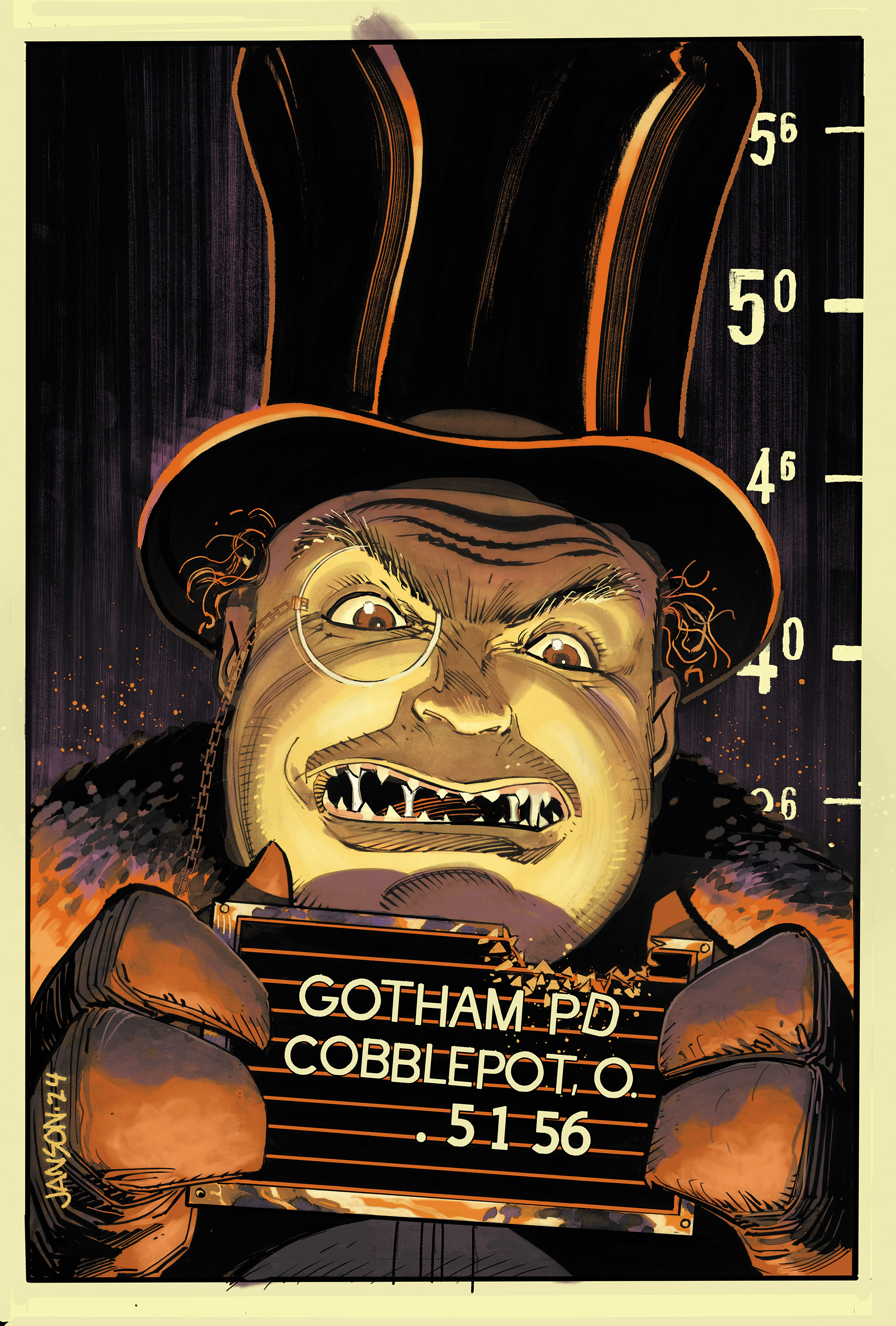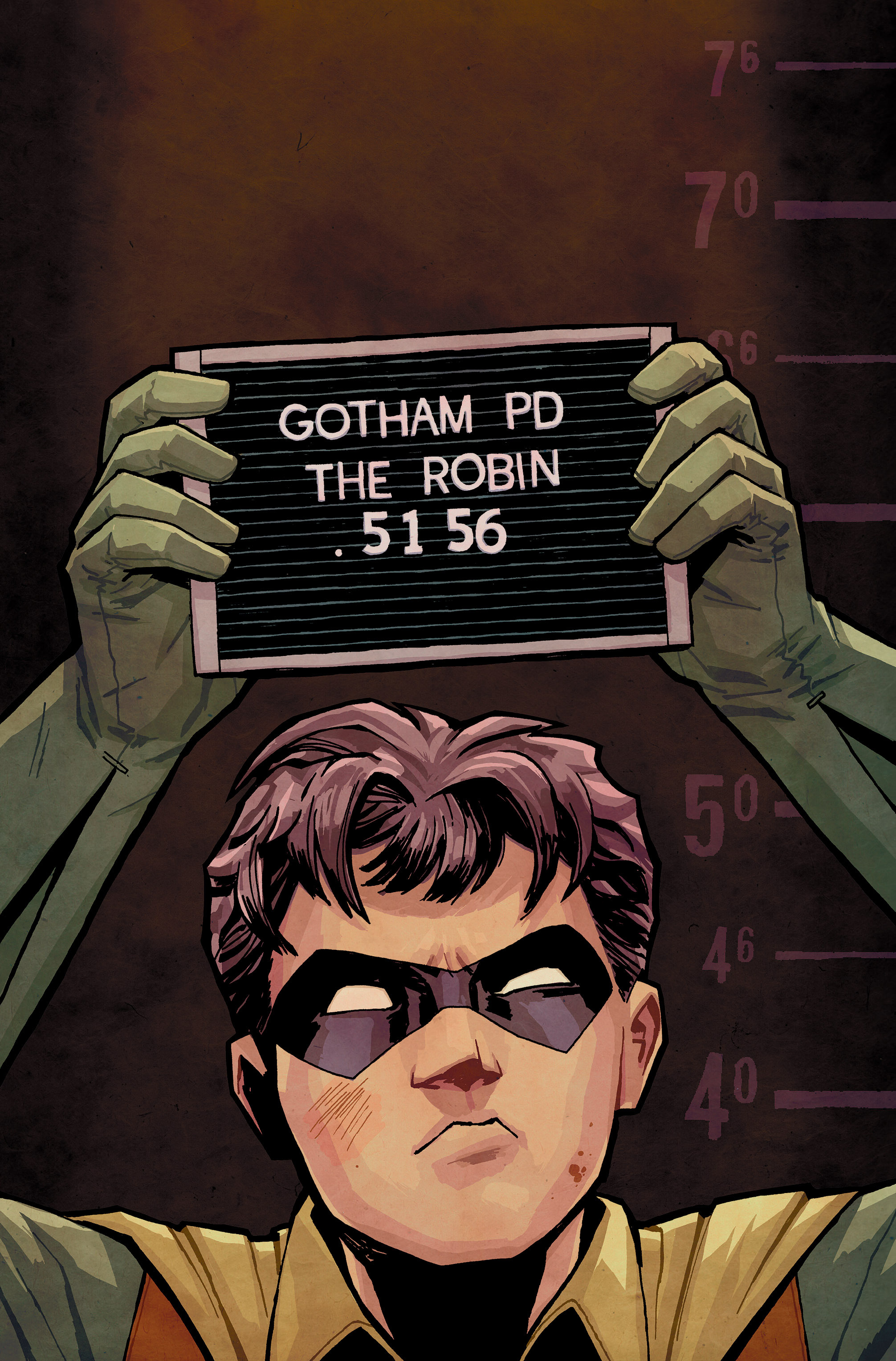Batman: The Last Halloween Is the End of the Long Halloween Saga and a Tribute to Tim Sale
Exclusive: Writer Jeph Loeb talks about what fans should expect from the final chapter of the Batman: The Long Halloween saga and remembers the great Tim Sale.
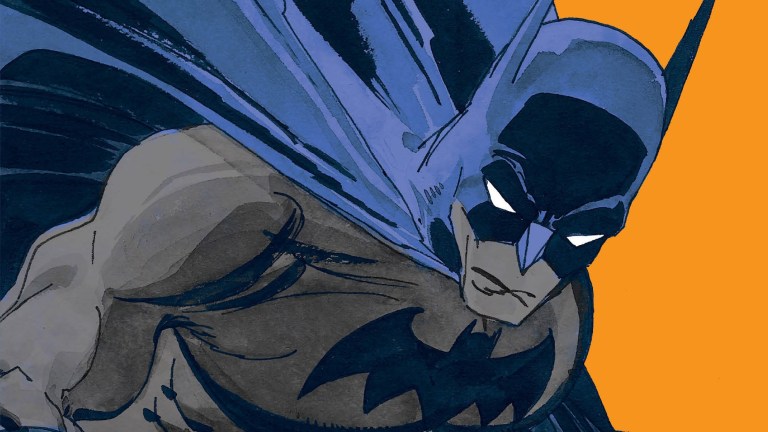
“This is only the beginning,” Batman declares at the start of Batman: The Long Halloween #13. The declaration comes with a fantastic splash page, in which Batman stands over the defeated Alberto Falcone, who is not only the son of mob boss Carmine Falcone but also revealed to be the masked killer called Holiday. Within the context of the story, Batman’s declaration refers to the shift in the criminals of Gotham City, occurring at this early point in his crimefighting career. The mobsters, who would get no more flamboyant than a pinstripe suit and a clever nickname, are on their way out. The “freaks,” the masked heroes and villains, now control Gotham.
As writer Jeph Loeb tells Den of Geek, Batman was right. The onset of the freaks was just the beginning of a decades-long comics saga about the battle for Gotham’s underworld. With The Long Halloween and its sequels, Loeb and his partner-in-crime, the late, great artist Tim Sale, created one of the most enduring and influential Batman arcs of all time.
Now Loeb is back with the final 10-issue chapter of The Long Halloween story, suitably titled The Last Halloween, tying up the yarn that he and Sale began all the way back in 1996. Speaking to us over Zoom, Loeb teased what fans can expect from the saga’s conclusion, while looking back at his legendary collaboration with Sale, for whom The Last Halloween serves as a tribute.
“The first story was about how the freaks took Gotham City away from organized crime,” Loeb says, breaking down the narrative throughline that leads to The Last Halloween. The second story Batman: Dark Victory was “the flip,” with organized crime asking, “How do we get rid of the freaks?” Dark Victory, of course, ended with Batman losing one ally in Harvey Dent, who transforms into Two-Face after a mob attack, and gaining another with Robin.
But that duality didn’t end the story for Loeb or Sale. Even as early as the end of Dark Victory in 2000, Loeb and Sale had plans for one more chapter, not counting the six-issue spinoff Catwoman: When in Rome from 2004.
“It was top secret between us because we had our own little master plan,” Loeb says. “But we needed an opportunity. It’s always a question when you’re going to commit to a year-long story. The publisher will sort of look at you like, ‘Do you guys still have it? Are we gonna be waiting five years for this?'”
That plan began to take shape with 2021’s Batman: The Long Halloween Special, which found the Calendar Man and his cult moving against Two-Face, while Batman struggles with his broken trust in Dent and new connection with Robin.
“When we finished that and it did really well, all of a sudden [DC Comics] called and said, ‘Okay, we need to do it now.’ So we had worked out this 10-part outline and Tim did the first three pages, rough layouts to show to me,” Loeb recalls before pausing for a moment. “And then he was gone.”
Sale died of kidney failure on June 16, 2022 at the age of 66. The news came as a blow to everyone in the comic world, none more so than Loeb.
“I lost my friend. I lost my partner. Forget The Long Halloween, this human being is no longer in my life,” Loeb says. “So I just took the two scripts that I had and I put them in a drawer.”
No one would blame Loeb for making that decision. Although he, like Sale, has done fantastic work solo, there was something unique to their collaboration, especially when making stories about the fundamental appeal of longstanding characters. Beyond the work that both Loeb and Sale have done directly on TV shows such as Heroes and the Marvel Netflix series, many adaptations quote directly from the duo’s comics work.
In Superman & Lois, Superman credits his mother for designing his costume, a scene taken from Superman: For All Seasons. The Long Halloween and Dark Victory inspired not only Christopher Nolan’s take on Harvey Dent in The Dark Knight, but also the entire structure of Matt Reeves’s The Batman and its upcoming HBO spinoff The Penguin, which follows several of the mobsters first introduced in The Long Halloween, as they deal with the power vacuum in the wake of Carmine Falcone’s death.
What makes the work of Loeb and Sale so foundational that other creators seek it out when translating iconic characters to other media? “It’s because of Tim,” Loeb answers confidently.
“I think the reason that we became partners and storytellers together was that these were characters that we loved,” he continues, explaining that their creative process involved asking themselves, “What is the single truth of the character?”
Without that central collaborator, it’s easy to see why Loeb would abandon his idea for a third chapter in The Long Halloween saga. But, of course, Loeb and Sale weren’t the only people who made those stories timeless. In particular, Loeb points to letter and designer Richard Starkings, whom he calls “a genius” and “in many ways our inspiration,” and colorist Mark Chiarello, an “extraordinary artist and visionary who Tim just loved.”
Around 2023, Starkings and Chiarello started talking with Loeb about revisiting the final part of The Long Halloween and doing it as a tribute to their beloved partner. “Mark [Chiarello] came up with this image of Tim sitting in a rocking chair on Pa Kent’s front porch somewhere in a mythological Smallville, and he’s just flipping pages and smiling because all of the artists that are involved are the people whose work he loved.”
So instead of thinking about how to do The Last Halloween without Sale, Loeb, Starkings, and Chiarello decided to do The Last Halloween for Tim Sale, choosing artists who inspired Sale and were inspired by him.
“I knew it was a 10-part story so I wanted to have 10 artists. I didn’t want anyone thinking, ‘You just replaced Tim with this guy.’ It takes 10 people to replace him. Or, more appropriately, it takes 10 people to show how much they loved him.”
The list of creators reads like a comic book hall of fame. Interior art comes from Eduardo Risso, Klaus Janson, Bill Sienkiewicz, Cliff Chiang, Enrico Marini, Dave Johnson, Becky Cloonan, Chris Samnee, and Mateo Scalera. The series also features covers from Jim Lee, J. Scott Campbell, Arthur Adams, Ian Churchill, Rob Liefeld, Joyce Chin, Cully Hamner, Brian Stelfreeze, Juanjo Guarnido, and Adam Hughes.
Impressive as the list is, Loeb hastens to point out that the goal wasn’t to grab the biggest names. When DC initially suggested some superstar artists, Loeb responded “No, no, no, no, no. We wanted the book to come from people who were Tim’s inspirations. These would be the people who Tim would show to me and say, ‘Have you looked at this guy work! This guy’s amazing!'”
But the real special part are the alternative covers from Sale himself. “Tim would often do a whole cover, finish the whole thing, and come up with a different idea. There wasn’t anything wrong with the cover, it was beautiful, but he would go and do another one,” Loeb says.
As wonderful as the outpouring for Sale is, Loeb also knows that his friend would care deeply about the story that they’re telling. ” Hopefully, it’s a story that will have the same kind of impact as the previous stories,” Loeb says of The Last Halloween. “I left breadcrumbs without knowing that I had left breadcrumbs, sometimes like Hansel and Gretel, so there’s even stuff that winks back to the first three Halloween specials.”
While Loeb assures new readers that they can pick up The Last Halloween and understand it completely, the series is also tying up loose ends veteran readers will pick up on immediately. “It’s an opportunity for us to be able to say why there isn’t a Maroni family in Gotham anymore.”
But while The Last Halloween may be the end of this epic crime drama, the book is also a reminder that Sale’s legacy will live on long after the last panel of this story.
Batman: The Last Halloween #1 is on sale on Sept. 25. You can check out a new covers for the series, including a few pieces by Tim Sale, below:
